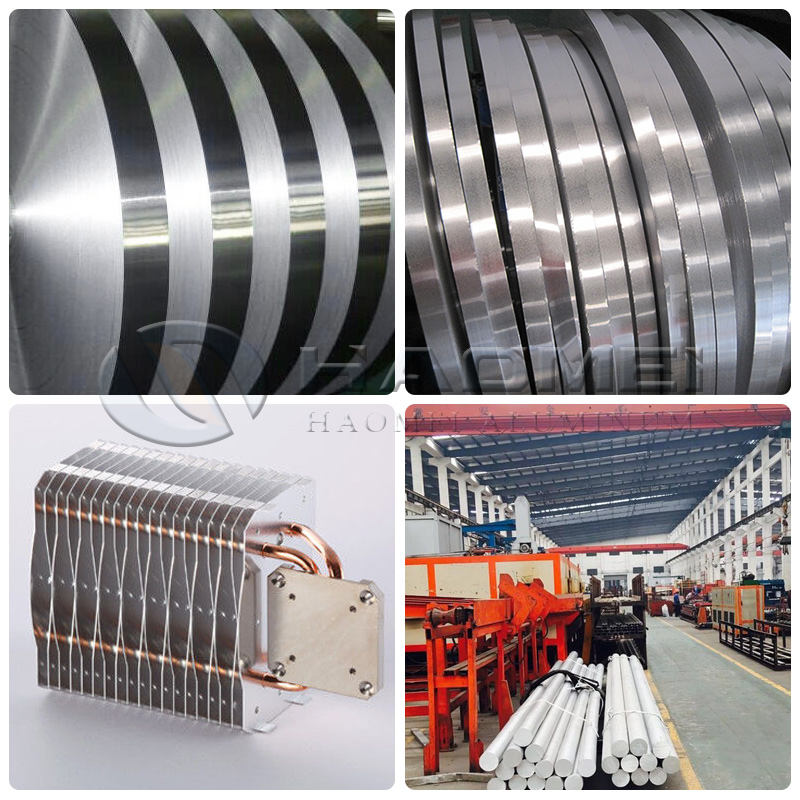
Aluminum strips are often used for conduction and heat dissipation. Although they are inferior to copper conductivity and thermal conductivity, aluminum is cheaper and lighter in weight, so aluminum can be used in terms of not too high resistivity and low thermal conductivity. The strip can be used interchangeably to reduce costs. The conductive and heat-dissipating aluminum strips are pure aluminum. The higher the purity, the better the effect. The most common and cheapest one is the 1060 aluminum strip. The aluminum strip is the largest in the transformer and aluminum strip for fin radiator industry, with high aluminum content, good conductivity and of course good performance.
High voltage is generally a long-distance transmission, and the density of aluminum is small and the price is low. If copper is used, the weight of the wire is very heavy, and the weight of the wire tower is limited. Because of the high voltage, the high-voltage transmission has less loss on the line, so if the aluminum with higher resistivity is used, the loss will not be much more than that of copper. High-voltage AC has a skin effect, so hollow conductors can be used to save material.

In fact, in terms of conduction and heat dissipation, there is generally no requirement for the hardness of the aluminum strip. In order to facilitate the winding, the dry-type transformer is usually made of 1060 ultra-soft aluminum strip, and the edge part is deburred, so as to have good electrical conductivity.
In general, aluminum strips are often used in automobiles and air conditioners. In recent years, the heat sink fins have a relatively large amount of heat, and the finned radiators aluminum strip are the most commonly used ones.